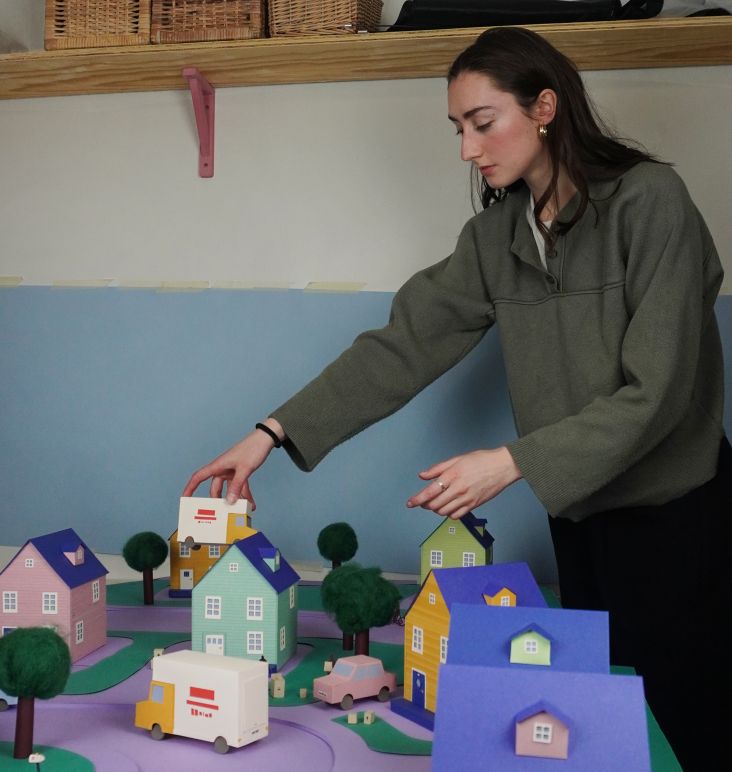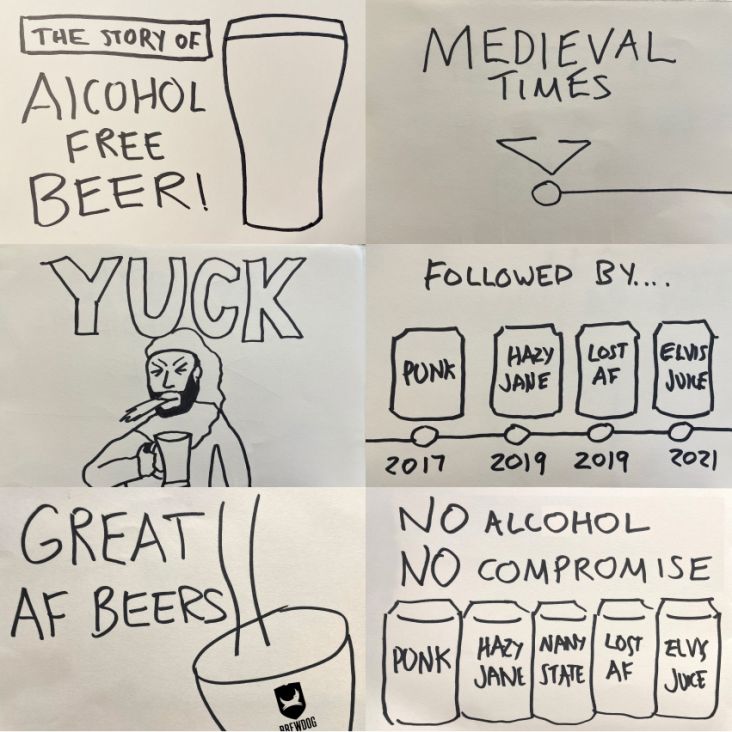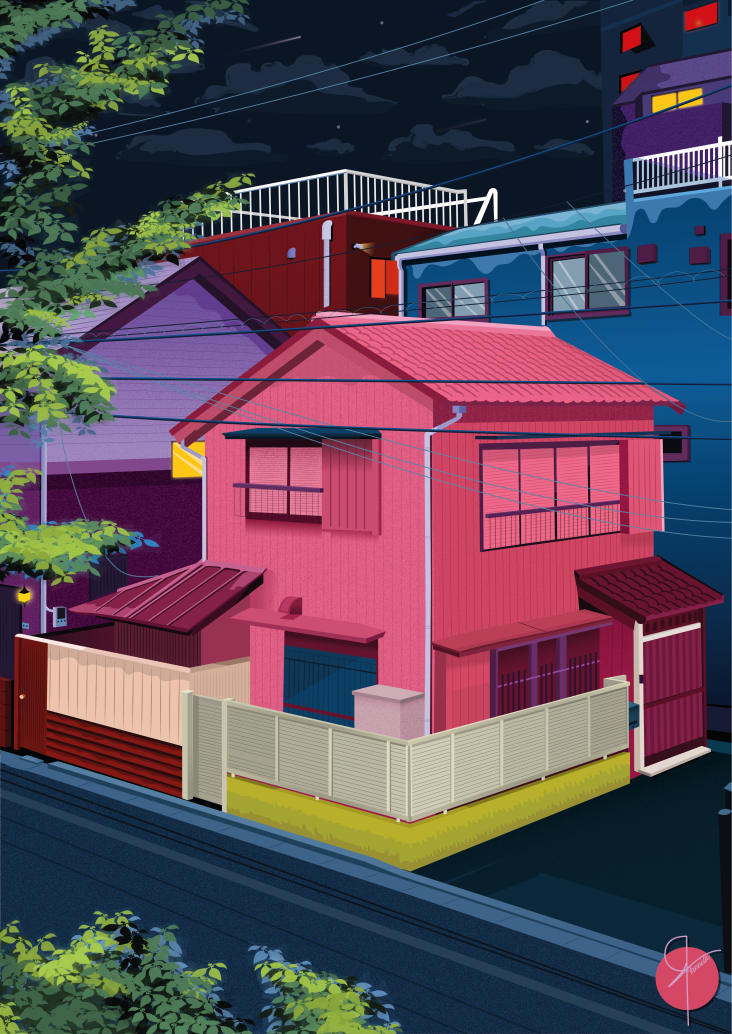Judy Bowman’s world of collage celebrates the African American experience in Detroit
In 1912, Pablo Picasso and George Braque came up with one of their most revolutionary proposals, collage, which incorporates fragments of the real world into the two-dimensional surface of a painting.
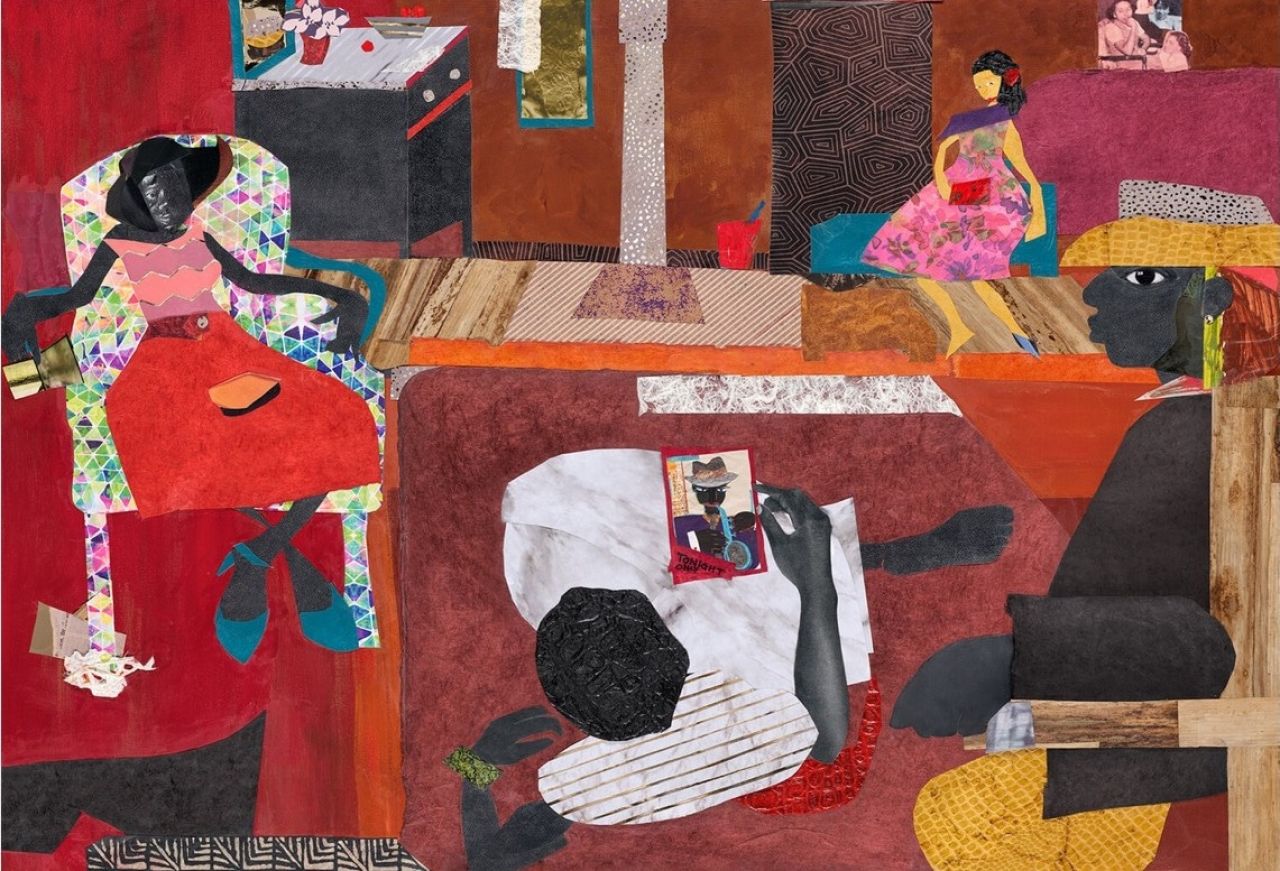
Mom in Harlem.
Judy Bowman carries on that tradition with her collages inspired by her childhood in Detroit's Black Bottom neighbourhood.
The images depict the colourful characters of the community, reflecting the nostalgia for past times. Growing up in Belle Isle, with its street corners filled with small local businesses, played a significant influence on Bowman's art.
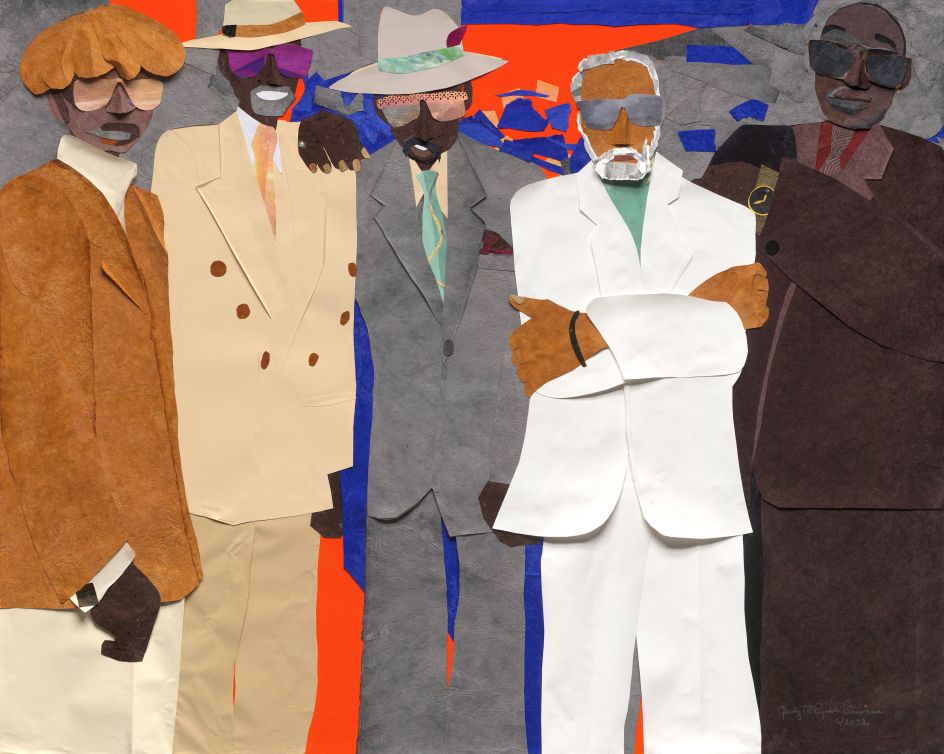
Detroit Swagger.
In West African tradition, a griot is a historian, storyteller, praise singer, poet, and musician. Neo-expressionist artist Jean-Michel Basquiat produced a series of paintings in 1984 which prominently feature griots, including 'Flexible', 'Gold Griot', and 'Sabado por la Noche. As Bowman puts it: "I call myself a visual griot. In the west African culture, griots tell the culture of their people."
Bowman has always wanted her work displayed in museums and has now had that wish fulfilled. The Museum of Contemporary Art Detroit (MOCAD) is putting on the artist's first solo museum exhibition of mixed media, which will be on until 25 March 2023.
Originally from Georgia, Bowman's family moved to Detroit in the 1950s, where her father had a job in the factories. Embracing the community wasn't just lip service, as the Bowman family had 21 different families living with them over the years.
Using handmade archival paper sourced from all over the world, Bowman creates a world imbued with what she calls "Detroit swag."
Her work is heavily influenced by family and community. The way people dressed was very important. Bowman remembers her father coming home for a day's work in the factory to put on a suit and crisp white shirt. "Everything was coordinated – the ties, everything matched. It's an attitude, a confidence that has a rhythm to it."
The collages are joyful, vibrant and almost shimmering with life. You can imagine these characters almost stepping out of the frame.
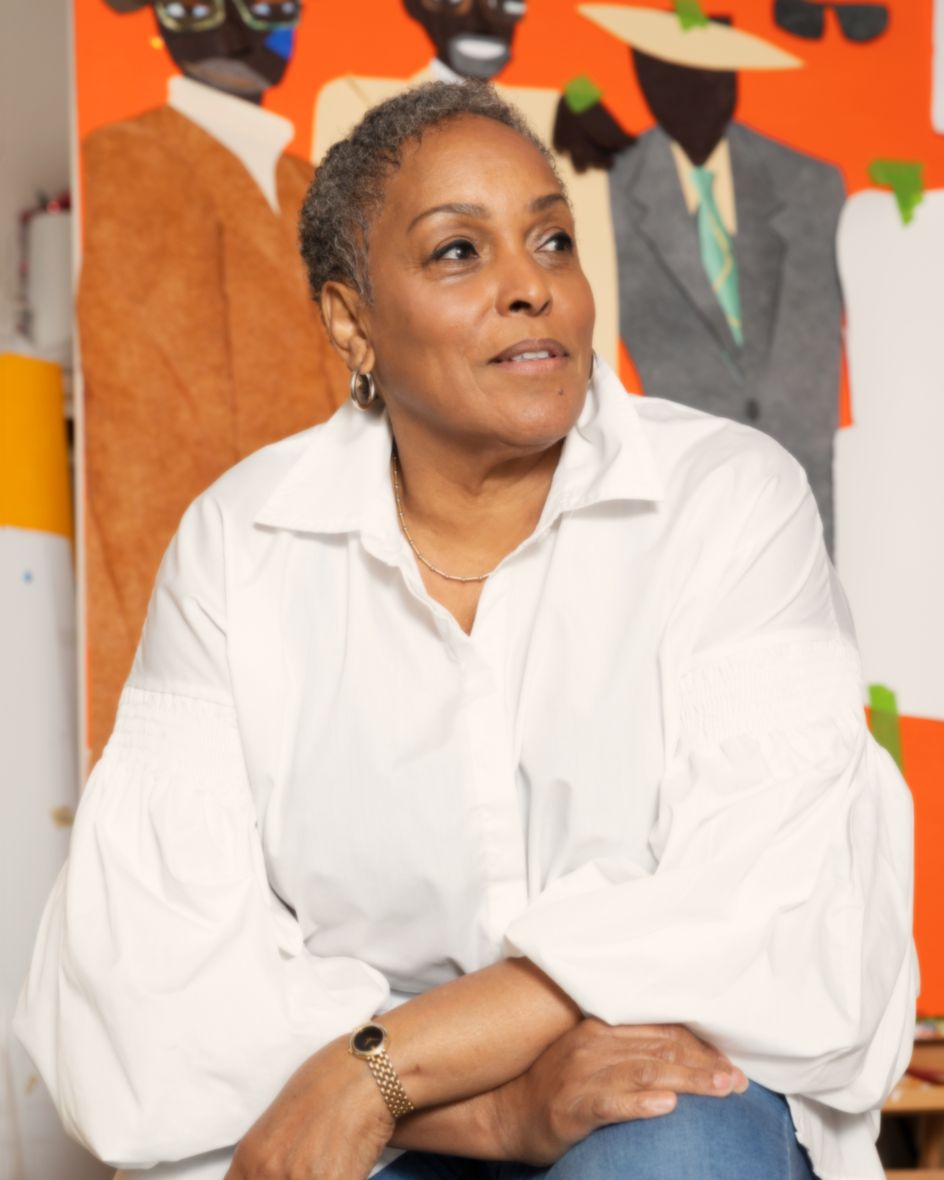
Judy Bowman.
Her collage, Mom On Seneca, depicts Bowman's home on the Eastside of Detroit in the early 1960s. "It was not rare to see the adults enjoying a competitive and lively game of cards while us kids were off watching television and finding our own mischief in the den – a cultural scene in the fabric of many Black homes and traditions. Laughter mixed with trash-talking filled the atmosphere, and music played in the background."
The mixed-media collage artist rebooted her career as an artist after her retirement as principal of the Detroit Academy of Arts and Science. Since then, her work has appeared nationally and internationally, including in the permanent collections of the Detroit Institute of Arts, the Detroit Historical Museum, Georgetown University Library, and the Flint Institute of Arts, among others.
This was one of her goals, says Bowman. "I want it to be in museums, where my family can come and see my work. I want to leave a legacy and to be in the books like Picasso. I want to be studied."
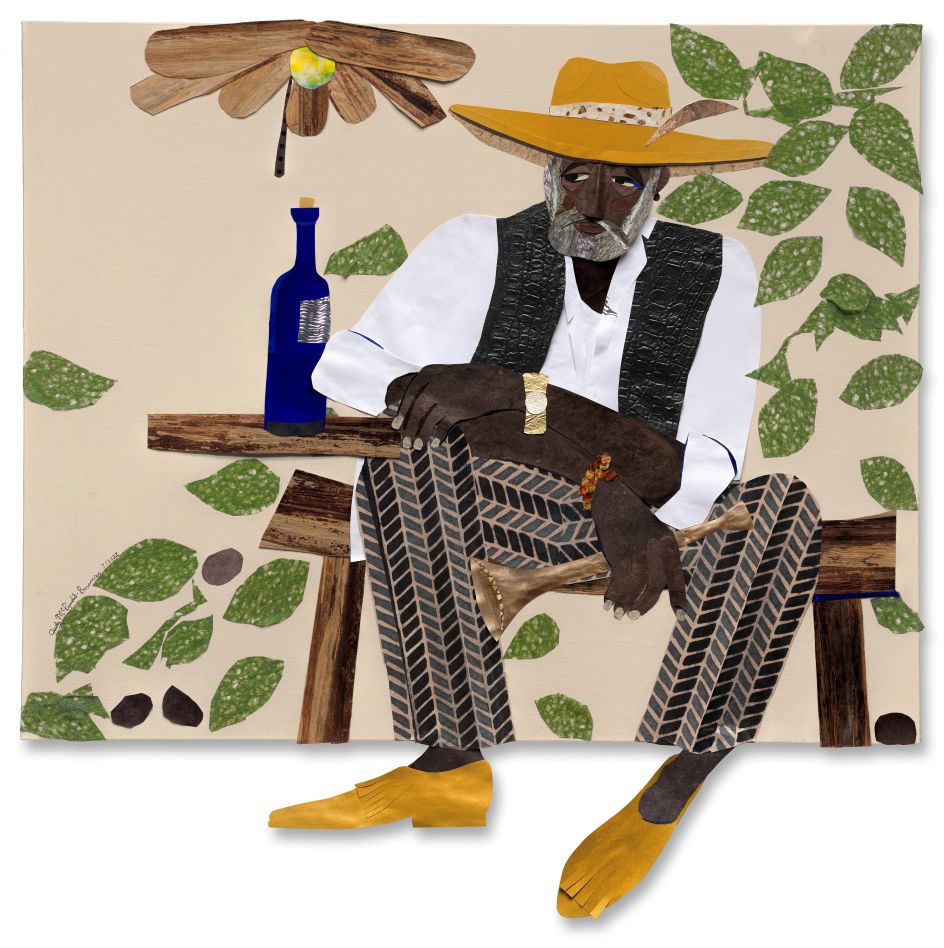
The golden time of day.
Detroit is keen to show a visual history of the African-American experience. The Detroit Institute of Arts features galleries dedicated to African-American artists, including Hale Woodruff, Betye Saar, Gilda Snowden and Charles McGee. At the MBAD's African Bead Museum, there are sculptures, textiles, pottery and beads originating from Africa for hundreds of years.
Bowden's work continues this tradition with joy and zest. "Sometimes the black community is portrayed in such a negative and desperate kind of way, but that's not the totality of us. We are way broader and more beautiful than what's been represented. It's my obligation to tell the story from somebody who has been nurtured by the community."
She found her metier in collages, explaining: "I worked a lot in pastels, pencils and chalk, and it was really good, but collage was a way I could make bigger pieces than pastels afforded me. I like the colours and the vibrancy that collages offer me."
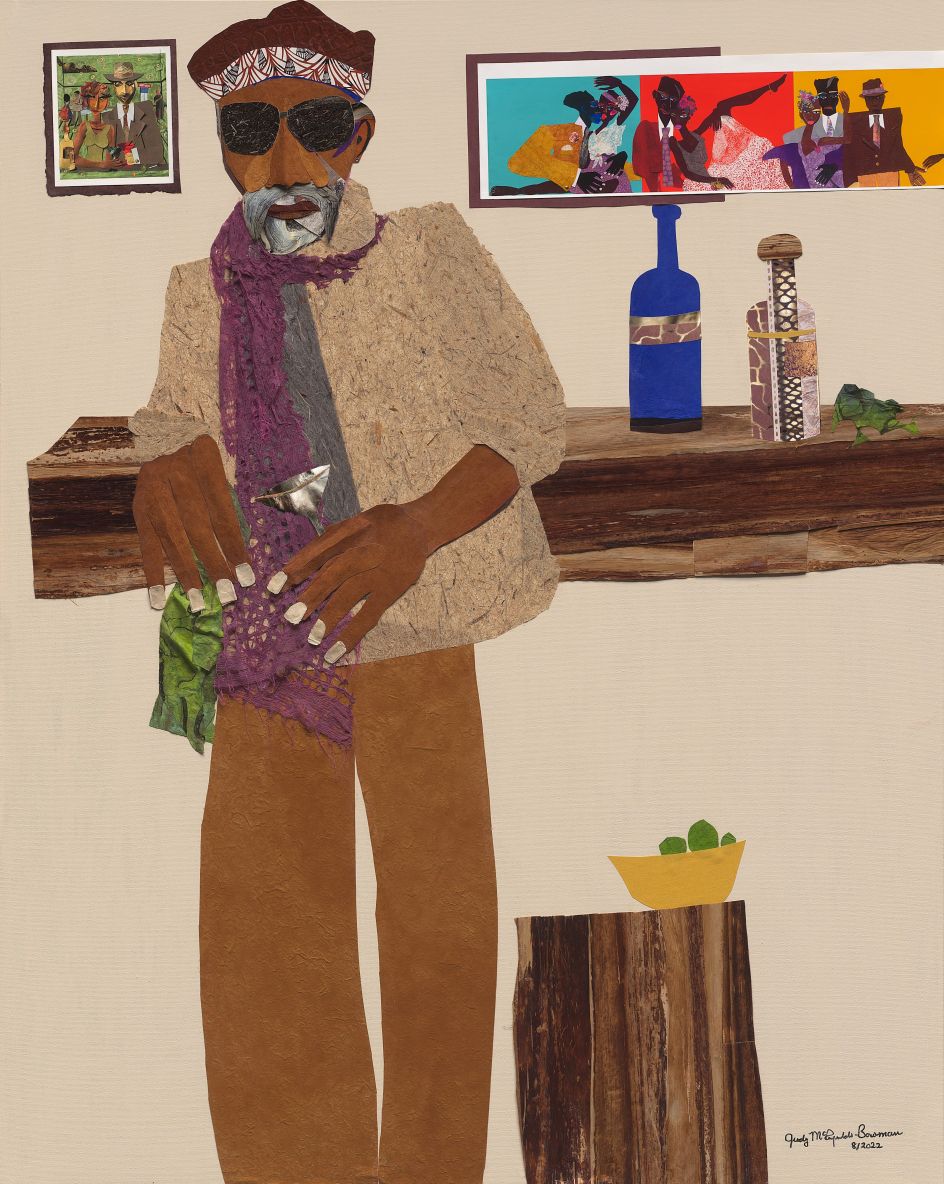
Chillin' at the Amory Show.
There is a texture and depth to the paper that is enhanced by moulding and cutting the materials, which gives it a quasi-3D effect.
Bowman has become an expert on the types of paper used in collages. She has spent countless years and hours looking and feeling for just the right paper. 'You can touch and feel the textures. It was an explosion of colours and textures."
The papers come from all over the world – Brazil, Japan, Nepal and the Himalayas. All the products are handmade and resilient. 'You can tear it, fold it, even when I put the glue on, it doesn't wrinkle," says Judy. "All of these papers speak to me – I have to touch them. People ask if they can touch it, and that's part of the experience."
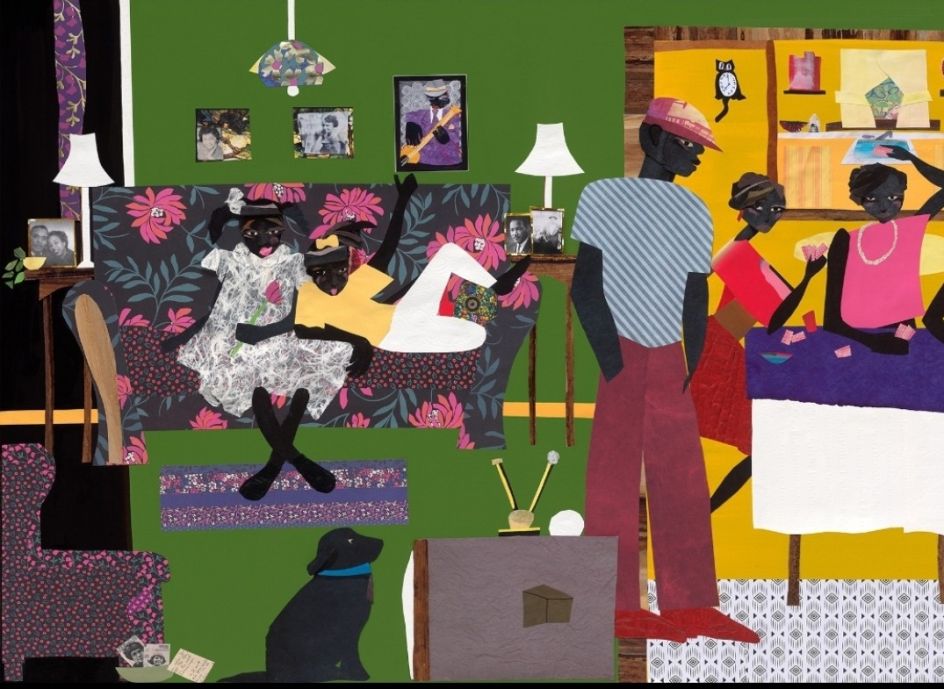
Mom on Seneca.
The collages can take up to three months to make, with the longest part of the process at the idea stage. Bowman says she has featured men prominently in her work and is now thinking of a way to bring in more women. She is experimenting with what she calls "the dangling legs", where the limbs go beyond the edge of the canvas, to convey the way women dressed in skirts during the 1940s and 1950s.
The subject may be black lives, explains Bowman, but they convey universal truths. "It is still talking about the human experience of love, relationships, and community. Everybody has those feelings and emotions."




 by Tüpokompanii](https://www.creativeboom.com/upload/articles/58/58684538770fb5b428dc1882f7a732f153500153_732.jpg)

 using <a href="https://www.ohnotype.co/fonts/obviously" target="_blank">Obviously</a> by Oh No Type Co., Art Director, Brand & Creative—Spotify](https://www.creativeboom.com/upload/articles/6e/6ed31eddc26fa563f213fc76d6993dab9231ffe4_732.jpg)









